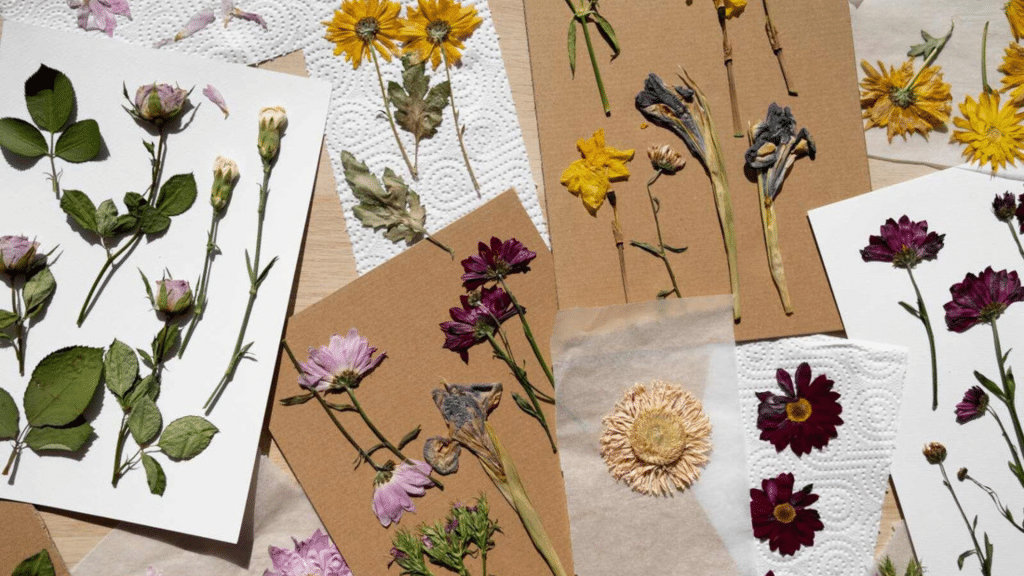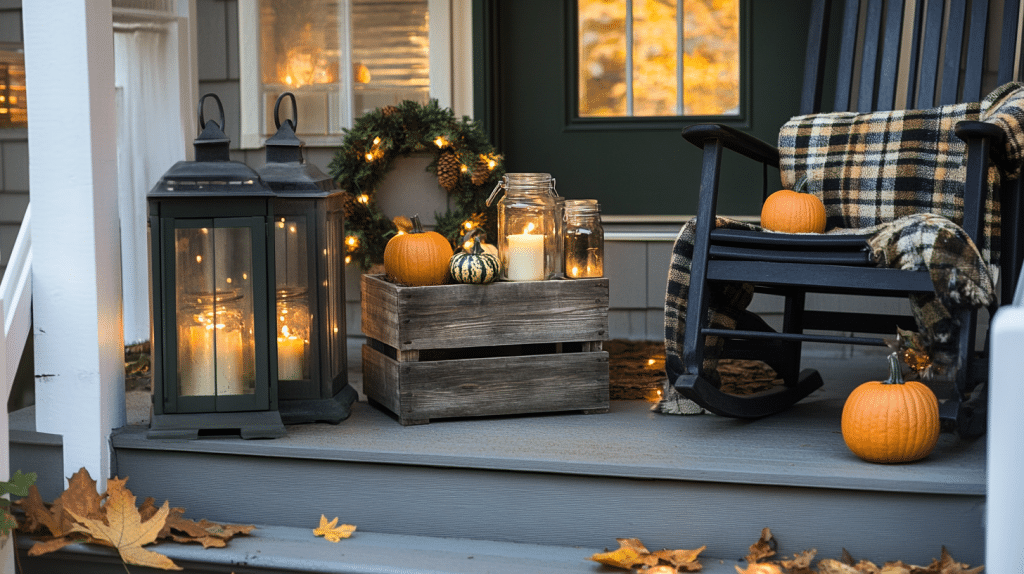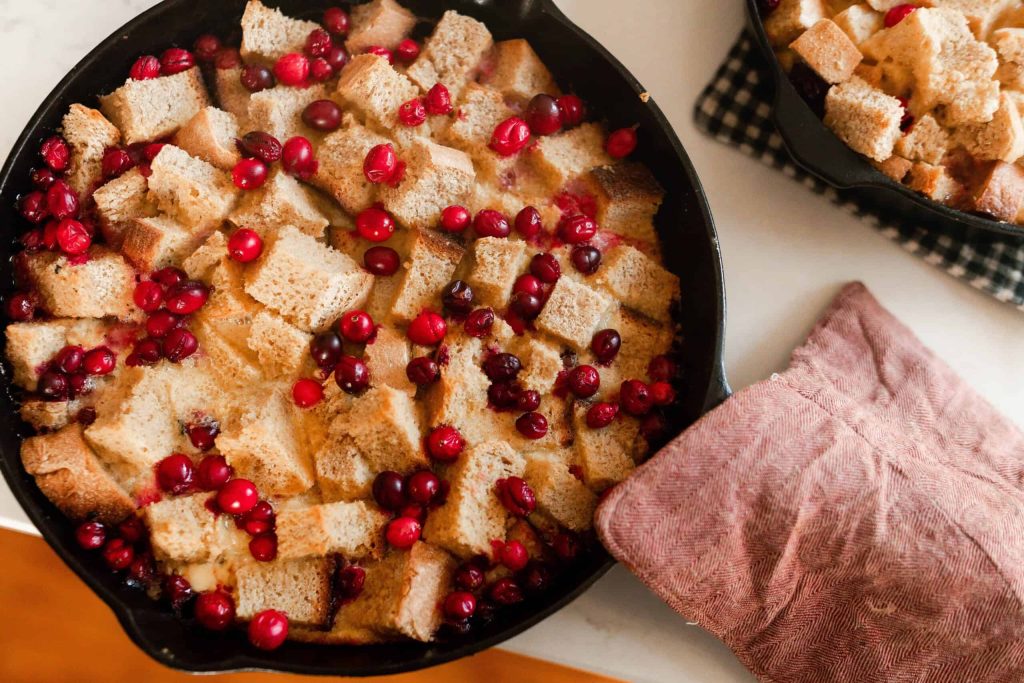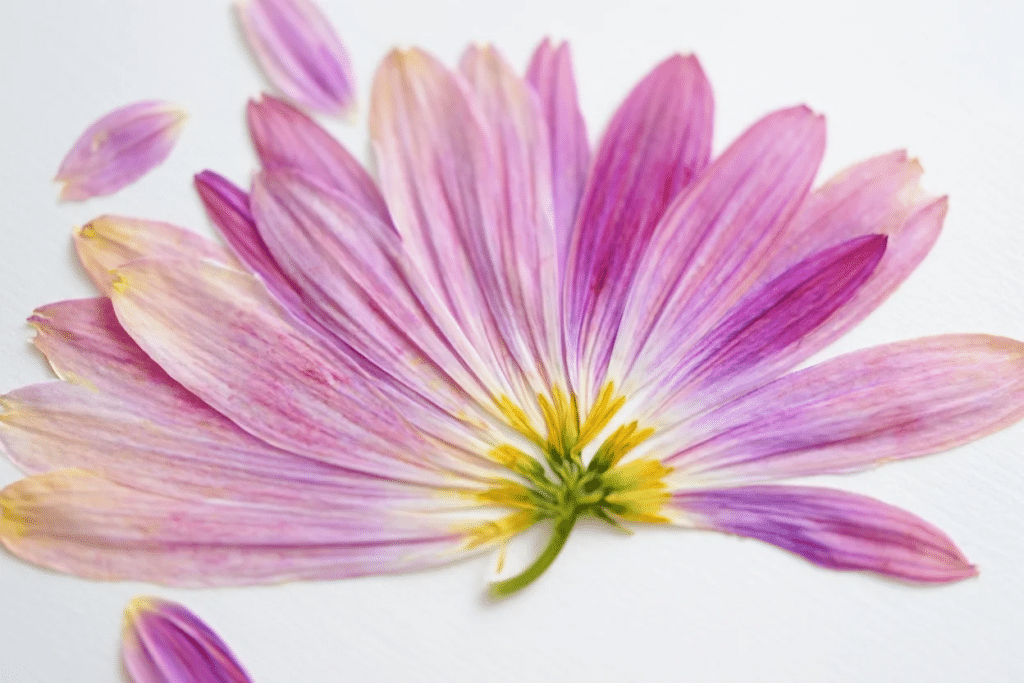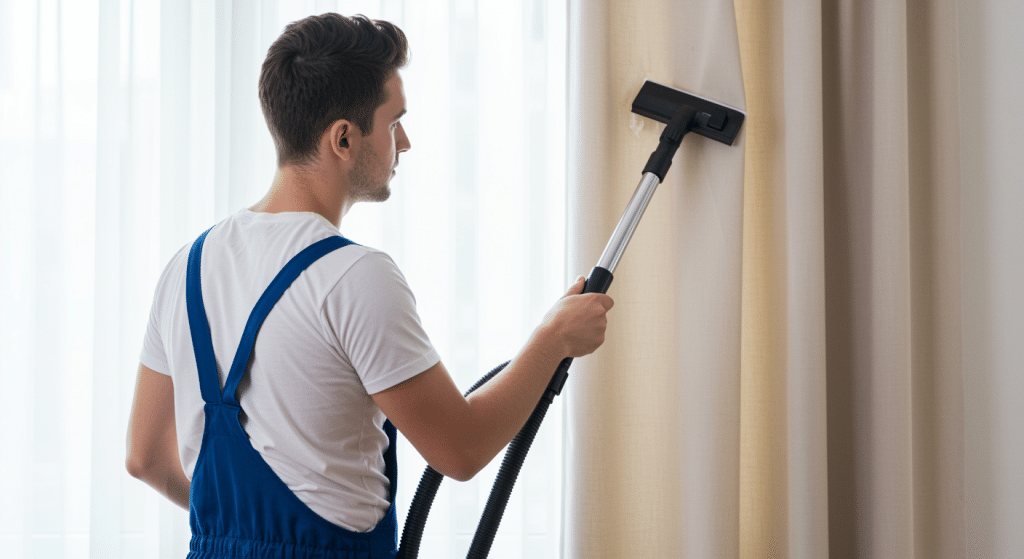I know how frustrating it feels when your beautiful flower pressing project turns into a soggy, brown mess. Some flowers simply refuse to press well, no matter how hard you try.
I’ll show you exactly which flowers to avoid and why certain blooms fail during pressing. Plus, I’ll share alternative methods like flower pounding that work better for tricky specimens.
In this blog, you’ll learn the science behind pressing failures, identify problem flowers before wasting time, and find better preservation techniques that actually work.
Why Do Some Flowers Resist Pressing?
Not all flowers are created equal when it comes to pressing. I’ve learned this the hard way after countless failed attempts with certain blooms.
Moisture content and thick petals create the biggest problems. Flowers like begonias pack too much water and turn moldy instead of drying properly.
Dense flower heads like chrysanthemums trap moisture in their centers, causing rot even when outer petals seem dry. 3D structures don’t work well when flattened.
Orchids and snapdragons lose their shape and beauty completely.
Natural oils and pigments in flowers like marigolds stain your pressing papers rather than preserve nicely.
Flowers Commonly Unsuitable for Pressing
Not all blooms are made for pressing. Some simply refuse to keep their beauty when flattened. Here are a few types that usually cause trouble:
1. Dense or Fleshy Blooms

Thick flowers like roses, tulips, and peonies hold too much moisture. When pressed, they often lose shape, grow mold, or turn brown.
Their heavy petals make them unsuitable for traditional pressing methods, resulting in flat and disappointing results.
2. Complex Petal Structures

Blooms such as dahlias and hydrangeas have intricate layers that don’t flatten well. When pressed, their overlapping petals clump together, losing their charm.
Pressing individual florets works better than attempting to preserve the entire flower head at once.
3. High-Moisture or Succulent-like Flowers

Orchids, succulents, and impatiens are full of water, which makes pressing nearly impossible.
Instead of drying flat, they rot or stain the paper. These flowers respond better to methods like silica gel or simple air-drying for long-lasting beauty.
4. White or Pale Flowers
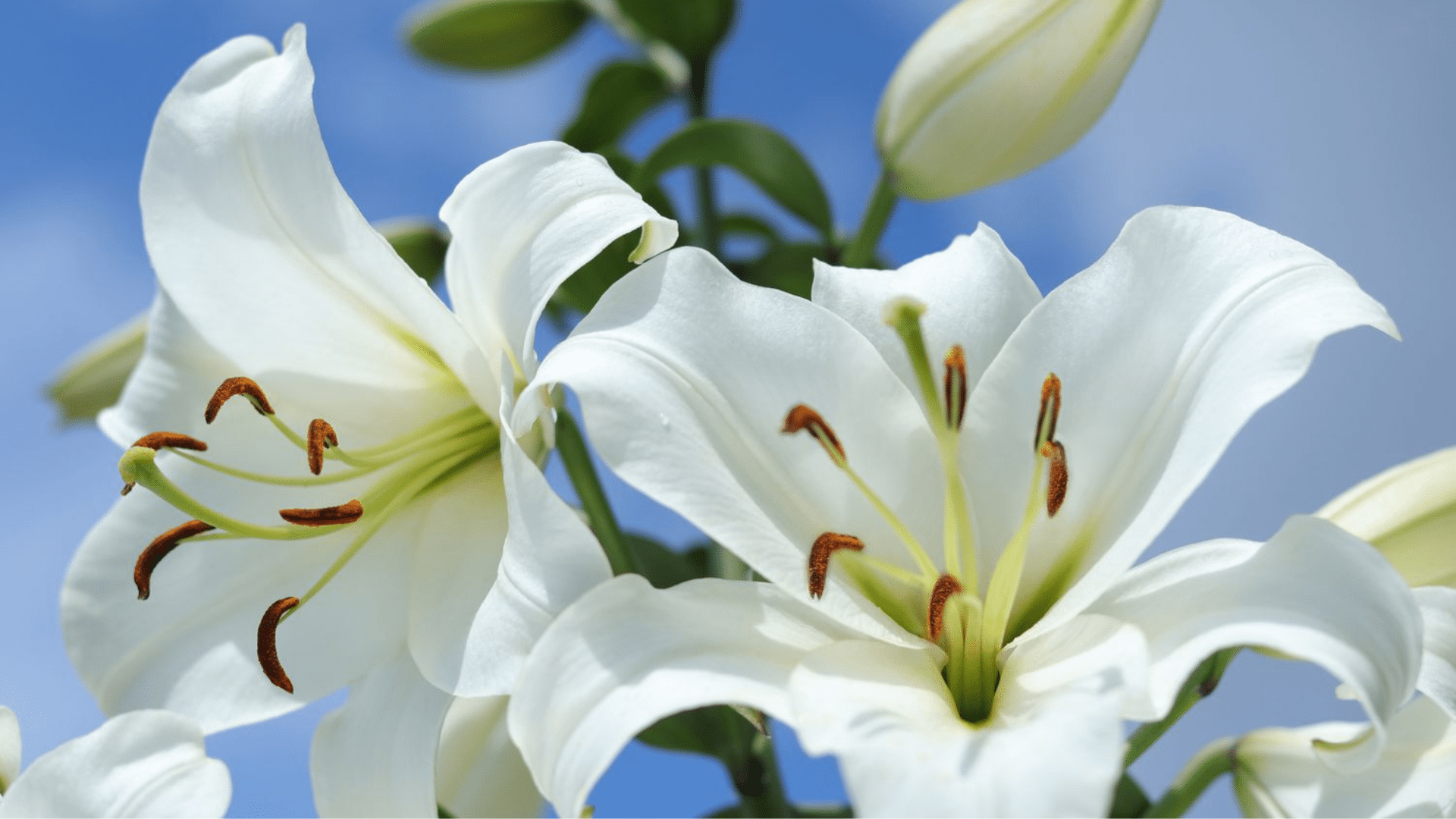
Even if their structure is suitable, pale flowers often brown or fade during pressing. Whites in particular lose their brightness and become dull or yellowish.
They rarely maintain their original freshness, making them frustrating choices for pressing projects.
Common Reasons Pressing Fails Even with Easy Flowers
Even simple flowers can fail if you make basic mistakes. I’ve learned these lessons through plenty of disappointing results.
- Wrong bloom timing: Fully opened flowers fall apart, while buds lack color. Pick flowers when they’re 75% open for best results.
- Too much moisture: Always let flowers dry on paper towels for 30 minutes before pressing. Surface moisture causes mold and rot.
- Damp pressing environment: Humid spaces ruin everything. Your pressing area should feel crisp and dry, not sticky.
- Rushing the process: Good pressing needs at least two weeks with heavy, steady pressure. Light pressure creates weak, brittle results.
Alternative Techniques That Work Better
When traditional pressing fails, these methods work much better for problem blooms.
1. Flower pounding: Place fresh flowers between the fabric and the hammer gently. The natural pigments transfer directly, creating beautiful prints on cloth or paper.
2. Silica gel drying: Bury thick-petaled flowers like roses in silica gel crystals for 2-7 days. They keep their shape and color perfectly.
3. Air-drying upside down: Hang hardy stems like lavender in bundles. This preserves their natural 3D structure.
4. Resin preservation: Embed complex flowers like orchids in clear resin for lasting keepsakes.
Apart from these techniques, there are also home methods that work for flower pressing and also speed up the process for better results.
Conclusion
Smart flower preservation starts with knowing your limits. I’ve shown you which flowers fight back against pressing and why they fail. Some blooms simply aren’t meant to be flattened.
But failure isn’t the end of your flower story. Flower pounding, silica gel drying, and resin preservation open up new creative possibilities.
These methods often produce more stunning results than traditional pressing ever could.
Your next flower project doesn’t have to end in disappointment. Choose the right technique for each bloom type, and you’ll create beautiful keepsakes that actually last.


